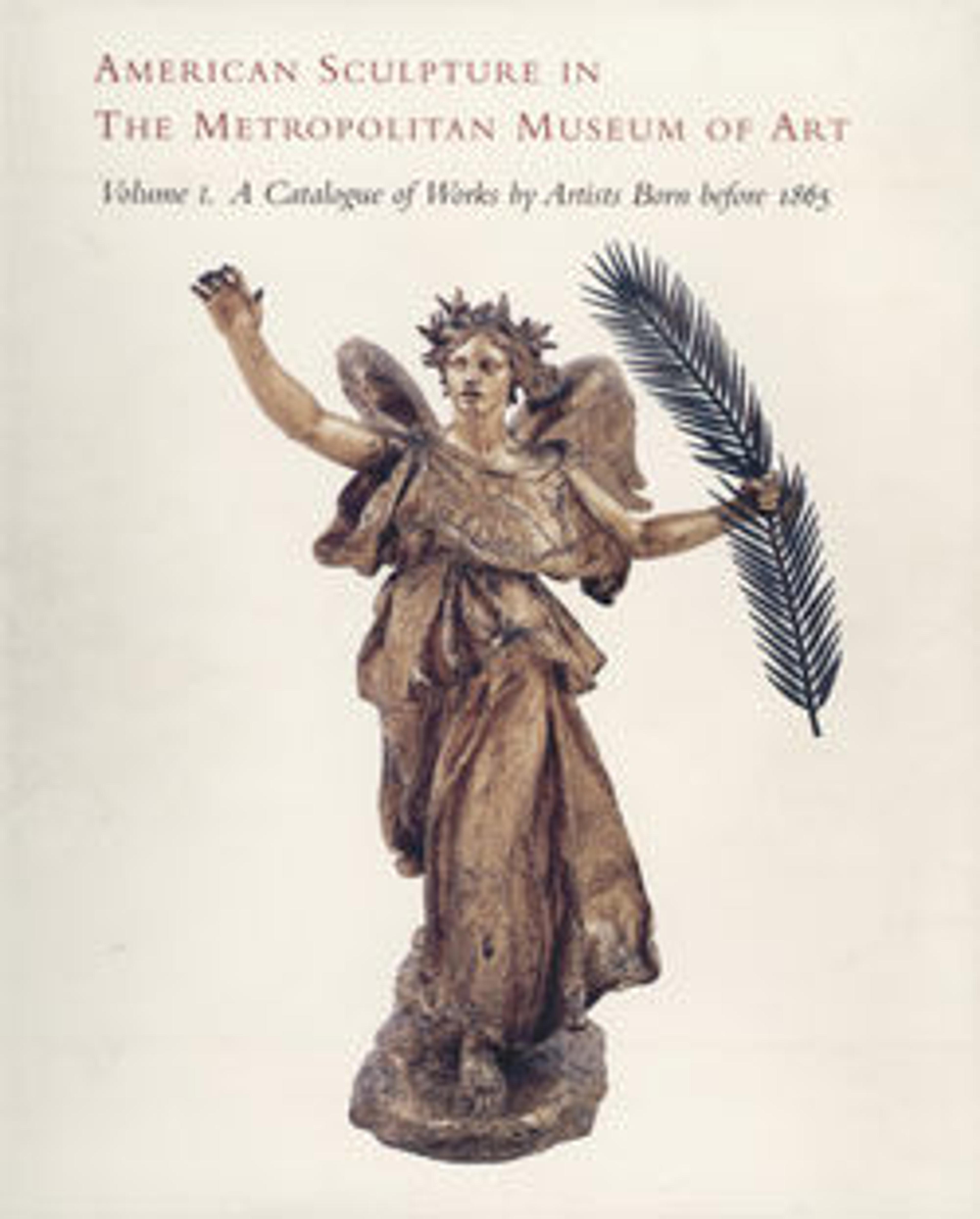George Washington
When this bust of George Washington first entered the collection in 1884, it was attributed to the Italian sculptor, Lorenzo Bartolini (1777-1850). The sculpture was subsequently reattributed, however, to one of Bartolini's American pupils, Horatio Greenough. Relying on Jean-Antoine Houdon's 1789 bust of Washington, which was based on a life mask, Greenough was faithful to physiognomy, but he altered the hairstyle, raised the eyebrows, and borrowed the blank eyeballs typical of imperial Roman and late antique portraiture. Although it is not certain when this bust was executed, it was probably modeled by Greenough and carved in Italy before he received his important 1832 commission for a statue of Washington for the rotunda of the United States Capitol (now in the National Museum of American History, Smithsonian Institution, Washington, D.C.).
Artwork Details
- Title: George Washington
- Artist: Horatio Greenough (American, Boston, Massachusetts 1805–1852 Somerville, Massachusettes)
- Date: 1827–28; carved, ca. 1832
- Culture: American
- Medium: Marble
- Dimensions: 26 3/8 x 19 1/2 x 12 1/2 in. (67 x 49.5 x 31.8 cm)
- Credit Line: Gift of Mrs. John Falconer, 1884
- Object Number: 84.8.2
- Curatorial Department: The American Wing
More Artwork
Research Resources
The Met provides unparalleled resources for research and welcomes an international community of students and scholars. The Met's Open Access API is where creators and researchers can connect to the The Met collection. Open Access data and public domain images are available for unrestricted commercial and noncommercial use without permission or fee.
To request images under copyright and other restrictions, please use this Image Request form.
Feedback
We continue to research and examine historical and cultural context for objects in The Met collection. If you have comments or questions about this object record, please contact us using the form below. The Museum looks forward to receiving your comments.
